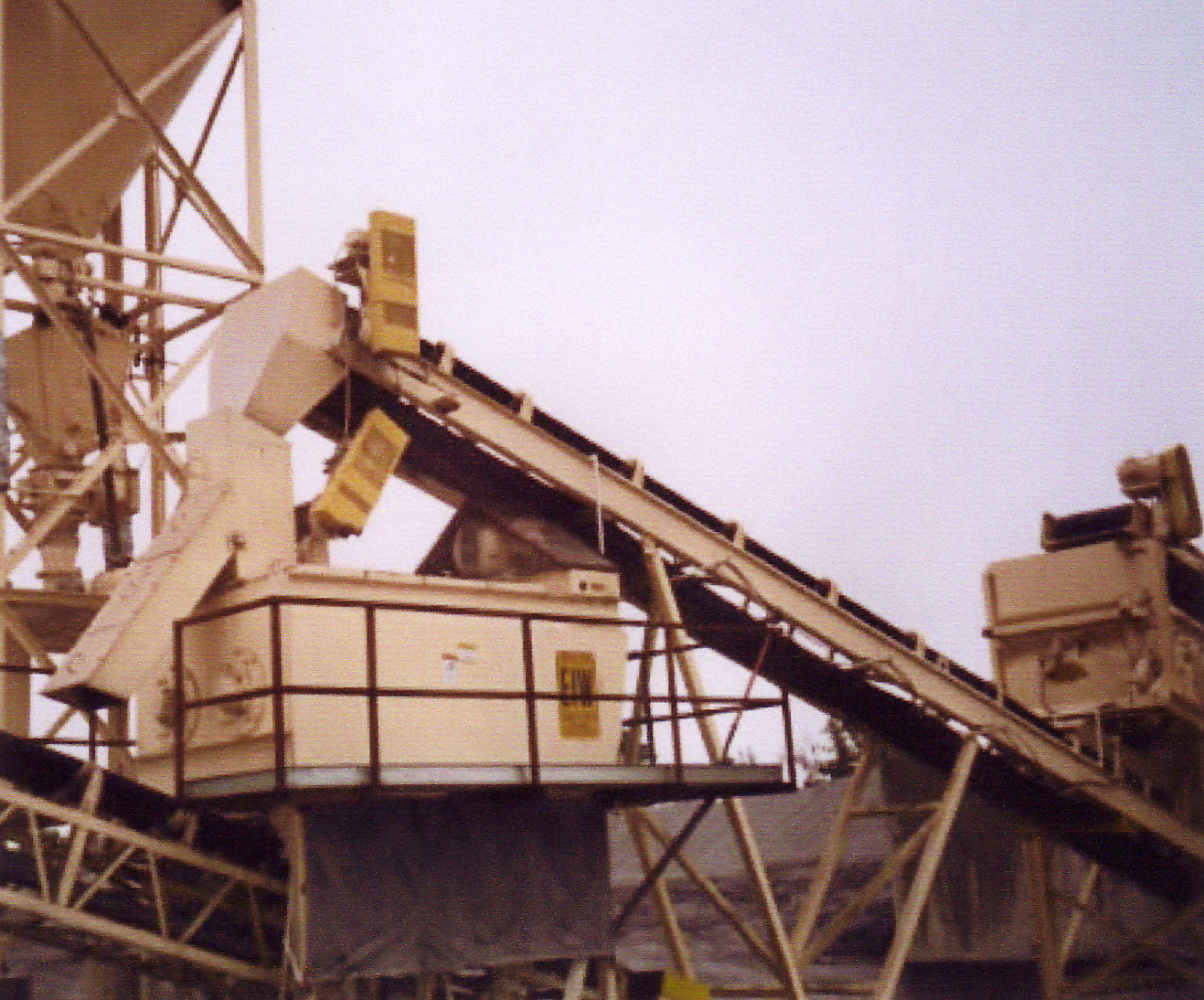About Us
Solutions
- Scaling, Plugging & Grit Removal
- Reactivity & Consistency
- Materials, Equipment, Energy & Transportation Costs
- Environmental Problems
Applications
- Water & Wastewater Treatment
- Flue Gas Desulfurization
- Caustic Replacement
- Mining
-Construction Uses
Case Studies
Services
Contact Us
Hydrated Lime is used in various construction applications. Some of the most popular applications are:
- Hot Mix Asphalt
- Cold In-place Recycling
- Soil Stabilization
- Aggregate Modification
Hot Mix Asphalt
In preparation of hot mix asphalt, hydrated lime is added primarily as an anti-stripping agent. More and more states are now requiring the addition of lime to reduce the effects of moisture on pavements. Pre-treating aggregates with lime helps asphalt cement to adhere to the aggregate.
- Can save as much as 25% of material costs due to the conversion of quicklime into hydrated lime because of dry hydrate contains about 25% water.
- Quicklime is normally cheaper per ton than dry hydrated lime.
- Hydrated lime slurry is more reactive due to smaller particle size than dry hydrate saving an additional 10% to 20% in materials costs.
- The low viscosity characteristics of lime slurry using the Process make it easy to pump through mass flow metering systems improving the accuracy of lime addition.
- The lime slurry can be pumped continuously without the problems of storing and feeding a dry product.
- Since lime slurry is added in a wet condition, no additional moisture needs to be added resulting in saving of burner fuel. In addition, the wet condition means less wasted product through bag houses.
- The batch method insures accurate proportioning of water and quicklime.
- Low viscosity allows for smaller pumping equipment.
- Low viscosity allows for easier removal of oversized grit and reduces plugging of nozzles.
- Low viscosity reduces scaling inside of tanks and service lines and reduces cleanout costs of slaking and transporting equipment.
- High solids content means a higher concentration of lime can be hauled per load increasing cycle times of hauling equipment and reducing fuel costs.
Again hydrated lime from quicklime is the common method of adding lime to soil for stabilizations and to existing pavement and subgrade for full depth reclamation. However, the Lime-Save process opens up a possibilities of adding lime slurry to stabilization and reclamation equipment in a way that greatly improves the ability to control rates of application.
The process allows low viscosity lime slurry that has been degritted to be pumped through mass flow meters to accurately mix the slurry in the mixing chamber of the reclaimer. The mixing equipment can be set at a constant speed. Additive rates can be pre-calculated so even the most inexperienced crew can produce a quality end result.
In addition to the foregoing, Lime-Save can improve existing processes in the following ways:
- Low viscosity allows for smaller pumping equipment.
- Low viscosity reduces scaling inside of tanks and service lines and reduces cleanout costs of slaking and transporting equipment.
- High solids content means a
higher concentration of lime can be hauled per load increasing cycle
times of hauling equipment and reducing fuel costs.
Aggregate
Modification
- Greater control over adding the desired amount of lime due to low viscosity and the ability to use precise liquid metering equipment resulting in improved quality control and reduction of wasted quicklime.
- Using a liquid, increases the ability to coat aggregate particles and reduces the need for moisture to be added on the project site.


Bromatco, LLC
Phone: (602) 758-2815
Fax: (602) 391-2258
